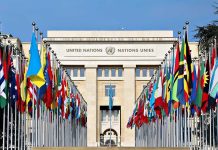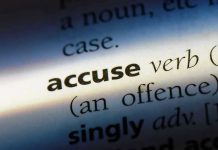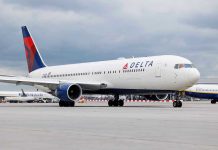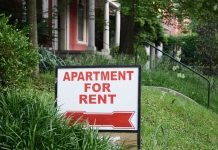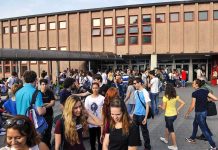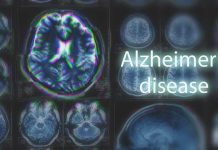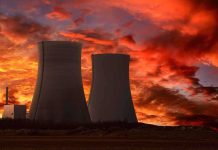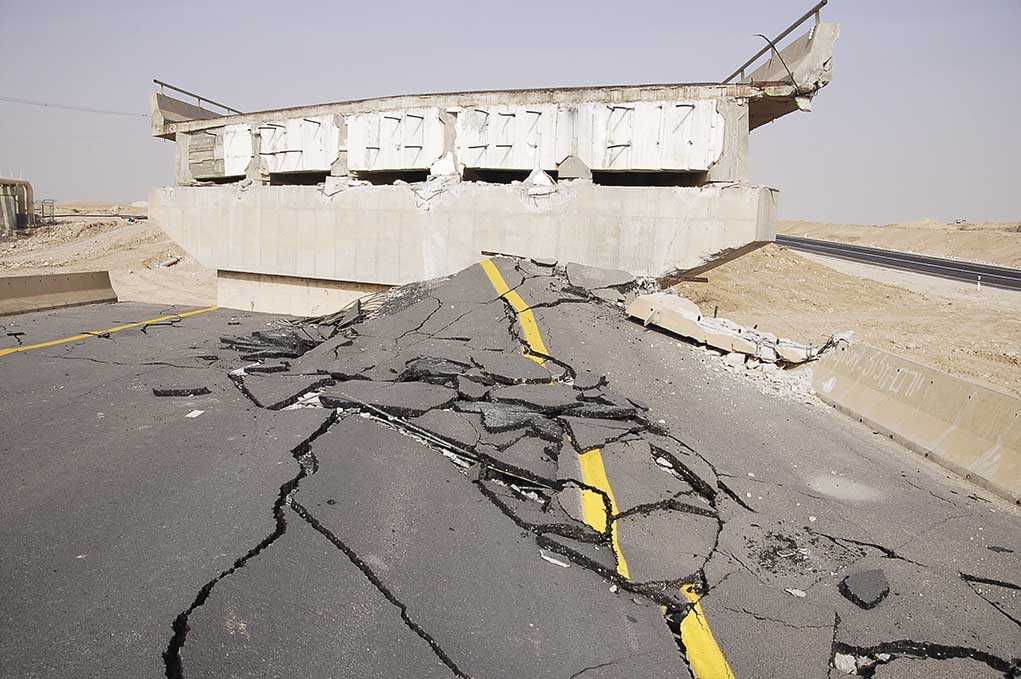
Two major West Coast earthquake faults may now be “in sync,” raising the alarming possibility of a catastrophic dual quake event that could overwhelm disaster resources and threaten millions of Americans.
Story Snapshot
- Groundbreaking research reveals the Cascadia Subduction Zone and northern San Andreas Fault could rupture together or in quick succession, risking unprecedented devastation.
- Major cities from San Francisco to Seattle face increased threat, as scientists warn that a quake on one fault may trigger the other.
- Emergency planners must now prepare for the potential of simultaneous disasters that could stretch national response beyond its limits.
- Evidence draws on deep-sea sediment core analysis, with historical parallels to the 1700 quake and tsunami that reached Japan.
West Coast Fault Synchronization: Threat to Cities and Infrastructure
Researchers led by Oregon State University’s Chris Goldfinger have discovered that the Cascadia Subduction Zone (CSZ) and northern San Andreas Fault (NSAF)—two of the most dangerous earthquake faults on the West Coast—may be partially synchronized. This means a powerful quake along one fault could trigger a massive event on the other, with the last known occurrence dating back to 1700. That historic instance caused a devastating tsunami that reached Japan and left a lasting mark on the region’s geological record. The current findings suggest cities like San Francisco, Portland, Seattle, and Vancouver must now factor in the risk of back-to-back or even simultaneous quakes. Emergency management and disaster response agencies are being urged to update plans and resources to address this new, compounded threat.
The study draws on decades of sediment core analysis, including samples collected in a 1999 research cruise off the Oregon and California coast. By leveraging advances in radiocarbon dating and stratigraphic correlation, scientists reconstructed earthquake timelines over the past 3,100 years. Their results show periods when both faults ruptured within hours of each other, challenging the longstanding assumption that they act independently. The evidence, based on deep-sea turbidite deposits, provides a geologic fingerprint for matching quake events across the two fault systems. This approach is considered robust and peer-reviewed, raising the stakes for hazard planning and public preparedness.
Disaster Response: Overwhelmed Resources and Conservative Concerns
If both faults rupture together or in rapid succession, emergency resources could be stretched beyond capacity, putting millions at risk. According to the research, a major quake on either fault would draw down federal and state disaster response assets nationwide. If both faults go off, “San Francisco, Portland, Seattle, and Vancouver all [could be] in an emergency situation in a compressed timeframe,” warns Goldfinger. For conservatives who value preparedness, individual responsibility, and limited government, the prospect of simultaneous disasters highlights the need for strong local resilience and robust infrastructure. The compounded risk exposes vulnerabilities created by years of leftist fiscal mismanagement and government overreach, further validating calls for reform in emergency planning and building standards.
The synchronization threat also raises constitutional concerns. Overreliance on federal intervention during disasters, especially under past administrations, can erode local autonomy and stretch national guard resources thin. Conservative analysts argue that states must reclaim authority over disaster response, reject globalist approaches that dilute American sovereignty, and prioritize the protection of families, property, and critical infrastructure. The study’s findings underscore the necessity of commonsense reforms, eliminating woke agenda distractions, and focusing on practical, science-based risk mitigation.
Historical Precedents and Implications for the Future
The West Coast’s seismic history offers sobering reminders. The 1906 San Francisco earthquake on the NSAF caused massive destruction, while the 1700 CSZ event triggered a tsunami that crossed the Pacific. Only one other observed example of fault synchronization exists: Sumatra in 2004 and 2005, where sequential quakes struck three months apart, compounding the disaster. The rarity of these events does not diminish their potential impact. Economic losses could reach billions, with widespread displacement, casualties, and long-term recovery challenges. Insurance, engineering, and public health sectors may need to adapt to new regulatory realities, while local communities and individual families must consider preparedness and self-reliance as central tenets of survival.
https://twitter.com/RiskAlert/status/1976417483813749162
Expert opinions emphasize that while the synchronization between CSZ and NSAF is supported by multiple lines of geological evidence, predicting the exact timing and frequency of such catastrophic events remains difficult. Some seismologists urge caution, noting that further research is needed to confirm mechanisms and recurrence intervals. Nonetheless, the study is seen as a major advance in seismic risk understanding, with calls for public education and infrastructure resilience regardless of the probability of simultaneous ruptures. For conservative audiences, the message is clear: vigilance, practical planning, and strong constitutional protections remain the best defense against threats—natural or man-made—that challenge American principles and put our way of life at risk.
Sources:
Twin threat: Two major West Coast earthquake faults may be linked, so one could trigger the other
Surviving Cascadia: Potential Impact Area
Two major West Coast earthquake faults may be partially synchronized, scientists find
Twin threat: Cascadia and San Andreas faults may be seismically linked
Cascadia Subduction Zone – Wikipedia
Cascadia megathrust earthquake could trigger San Andreas Fault
What could trigger a massive quake on California’s San Andreas Fault?


